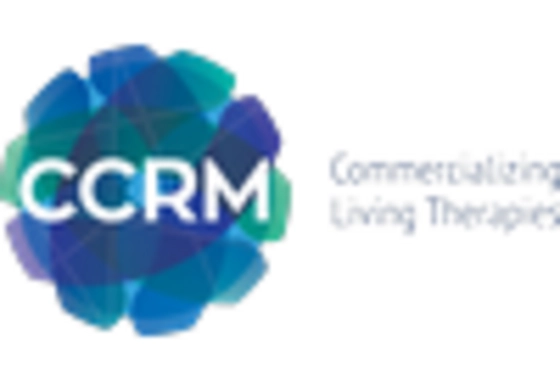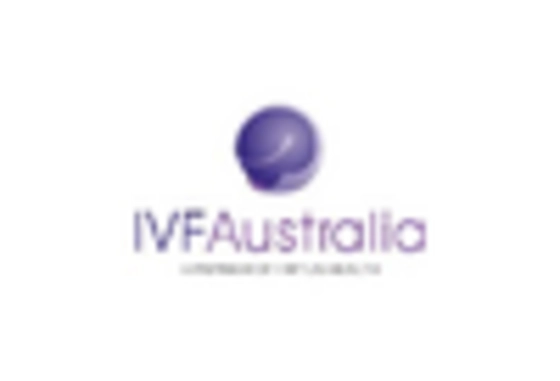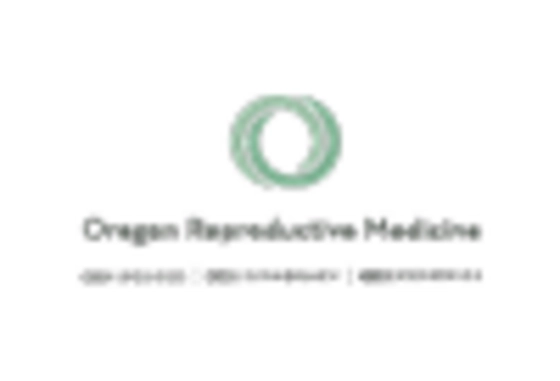Changing Societal Norms
Shifting societal norms regarding family planning and reproductive choices are influencing the Assisted Reproductive Technology Market. As more individuals prioritize career and personal development before starting families, the age of first-time parents is increasing. This trend has led to a rise in infertility rates, subsequently driving demand for assisted reproductive technologies. Additionally, societal acceptance of alternative family structures, such as single parenthood and same-sex couples, has broadened the market for fertility services. The changing landscape of family dynamics suggests that the Assisted Reproductive Technology Market will continue to adapt, offering diverse solutions to meet the needs of various demographics. This evolution may lead to innovative service models and increased accessibility for all individuals seeking reproductive assistance.
Rising Infertility Rates
The increasing prevalence of infertility is a primary driver for the Assisted Reproductive Technology Market. Factors such as delayed childbearing, lifestyle changes, and environmental influences contribute to this trend. According to recent data, infertility affects approximately 15% of couples worldwide, leading to a heightened demand for assisted reproductive technologies. This growing need for solutions has prompted healthcare providers to expand their offerings, thereby stimulating market growth. As more individuals seek assistance in conceiving, the Assisted Reproductive Technology Market is likely to experience significant expansion, with projections indicating a compound annual growth rate of over 10% in the coming years. This trend underscores the urgency for innovative treatments and services within the sector.
Technological Innovations
Technological advancements play a crucial role in shaping the Assisted Reproductive Technology Market. Innovations such as preimplantation genetic testing, cryopreservation techniques, and artificial intelligence in embryo selection are revolutionizing the field. These technologies enhance the success rates of procedures like in vitro fertilization (IVF), making them more accessible and effective for patients. For instance, the introduction of time-lapse imaging has improved embryo monitoring, leading to better outcomes. As these technologies continue to evolve, they are expected to drive market growth by attracting more patients seeking effective reproductive solutions. The integration of cutting-edge technology not only enhances the efficiency of treatments but also fosters a competitive landscape among service providers in the Assisted Reproductive Technology Market.
Regulatory Support and Policy Changes
Regulatory support and favorable policy changes are pivotal in shaping the Assisted Reproductive Technology Market. Governments are increasingly recognizing the importance of reproductive health and are implementing policies that promote access to fertility treatments. This includes funding for assisted reproductive technologies and the establishment of guidelines to ensure safety and efficacy. Recent legislative changes in several regions have expanded insurance coverage for fertility treatments, making them more affordable for patients. Such regulatory frameworks not only enhance the accessibility of services but also encourage investment in the sector. As policies continue to evolve, the Assisted Reproductive Technology Market is likely to benefit from increased participation and innovation, ultimately improving patient outcomes.
Increased Investment in Fertility Clinics
The surge in investment in fertility clinics is a significant driver of the Assisted Reproductive Technology Market. As awareness of infertility issues rises, private and public sectors are channeling funds into establishing and expanding fertility centers. This influx of capital enables clinics to adopt advanced technologies and improve patient care. Recent statistics indicate that the number of fertility clinics has increased by over 20% in the last five years, reflecting the growing demand for assisted reproductive services. Furthermore, partnerships between clinics and technology firms are becoming more common, enhancing service offerings. This trend is likely to continue, as the Assisted Reproductive Technology Market evolves to meet the needs of an expanding patient base.


















Leave a Comment